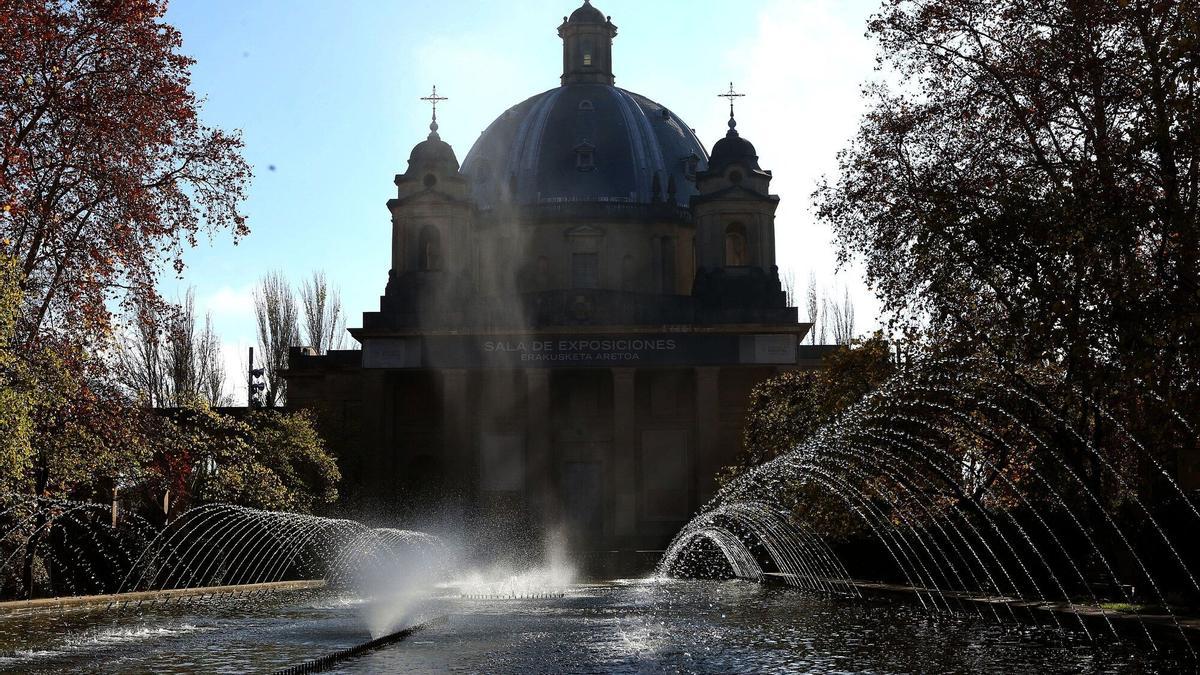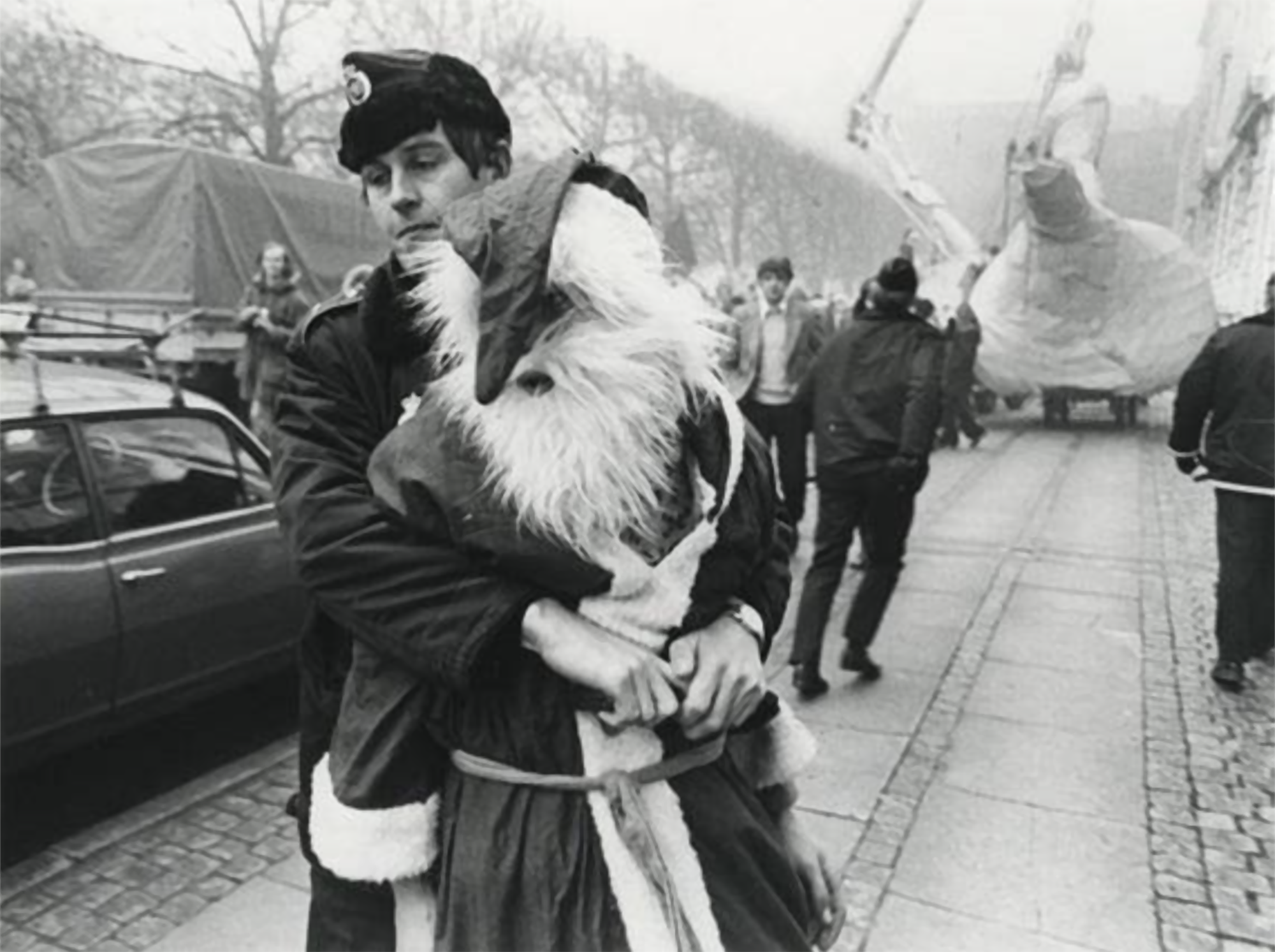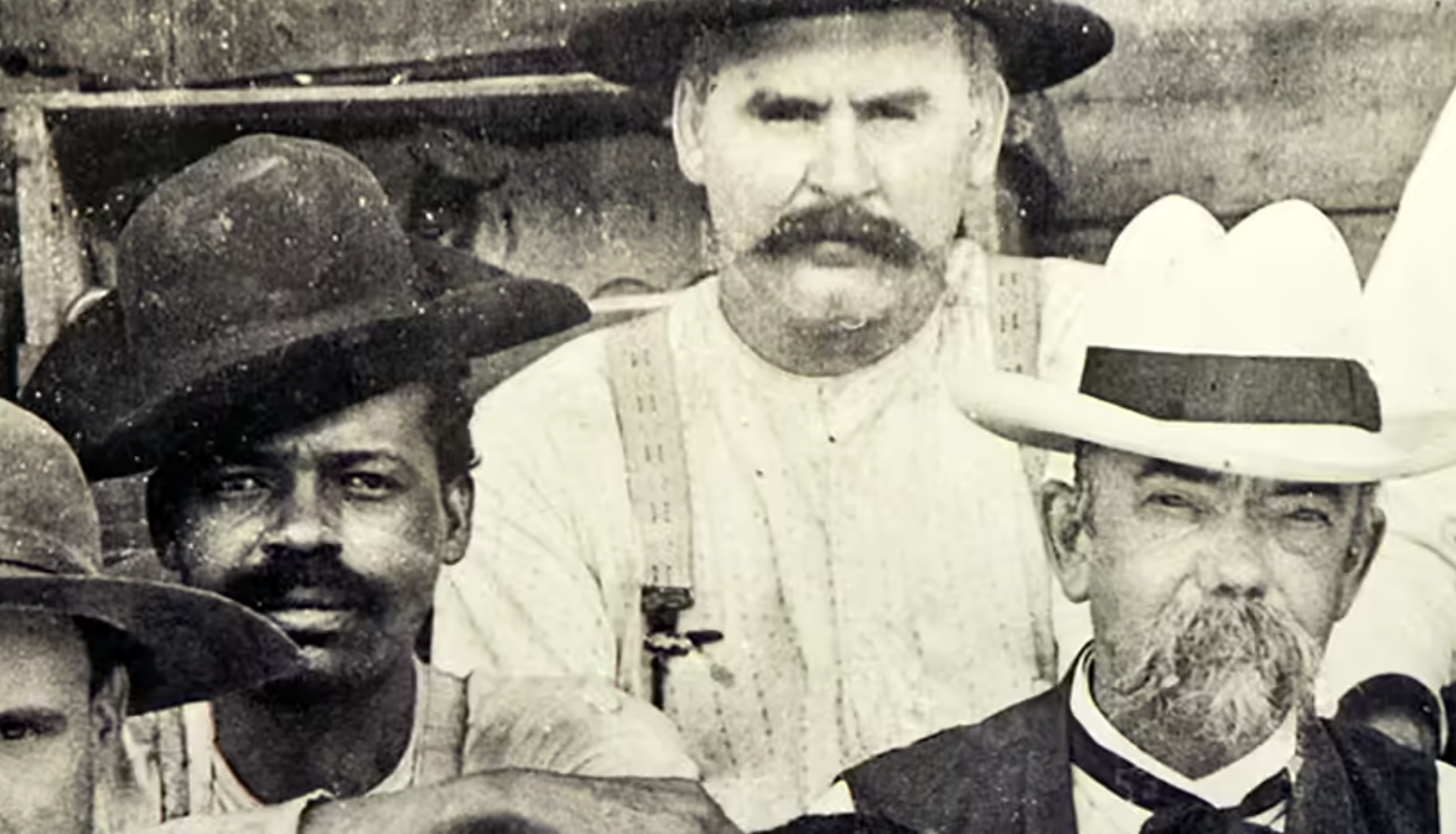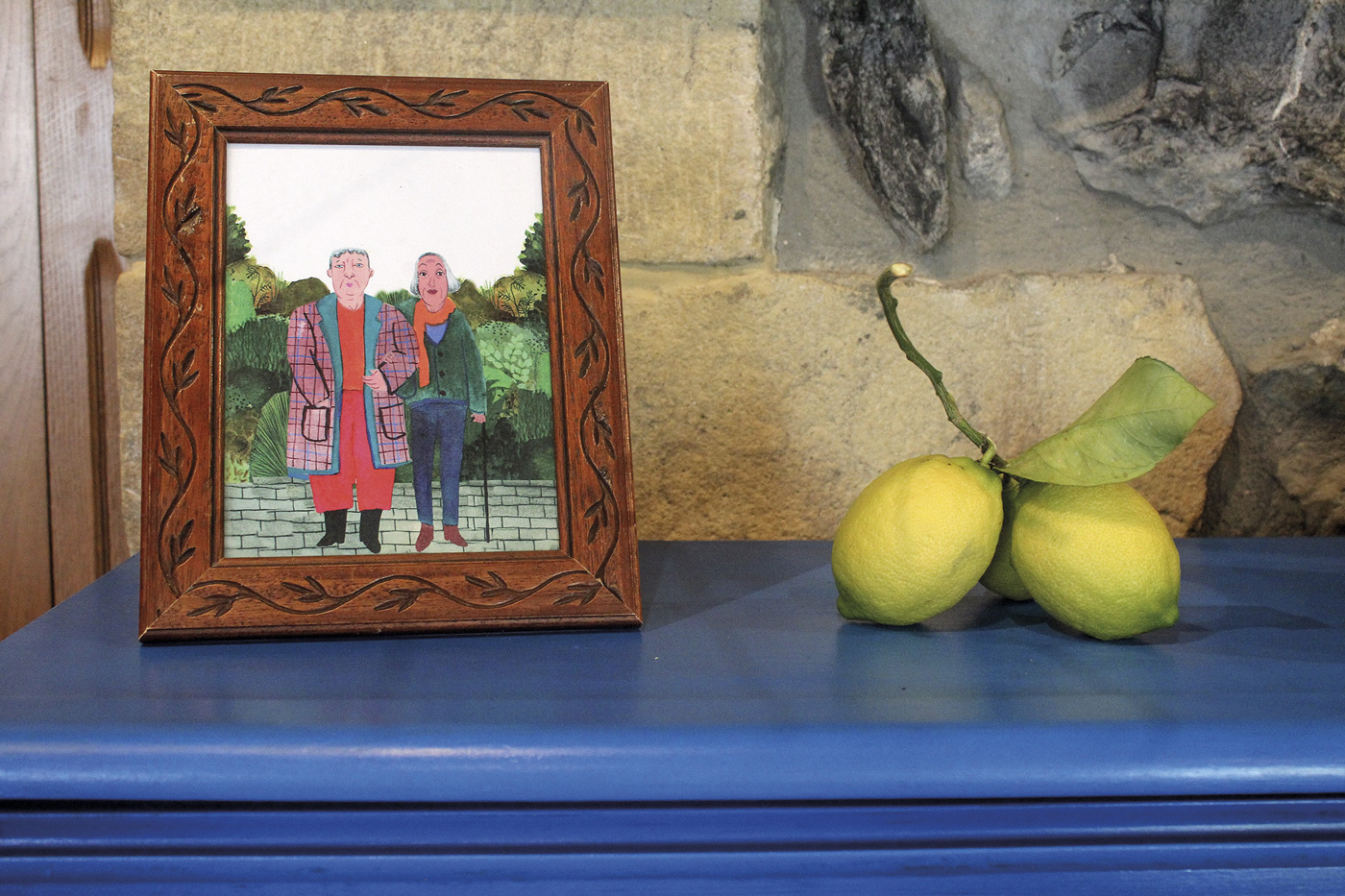Canned Warsaw Ghetto
- A group of scientists, historians, cartoonists and rabbis toured Ghetto's day-to-day, hiding all the documentation in ten tin boxes and three beds in marmicity.
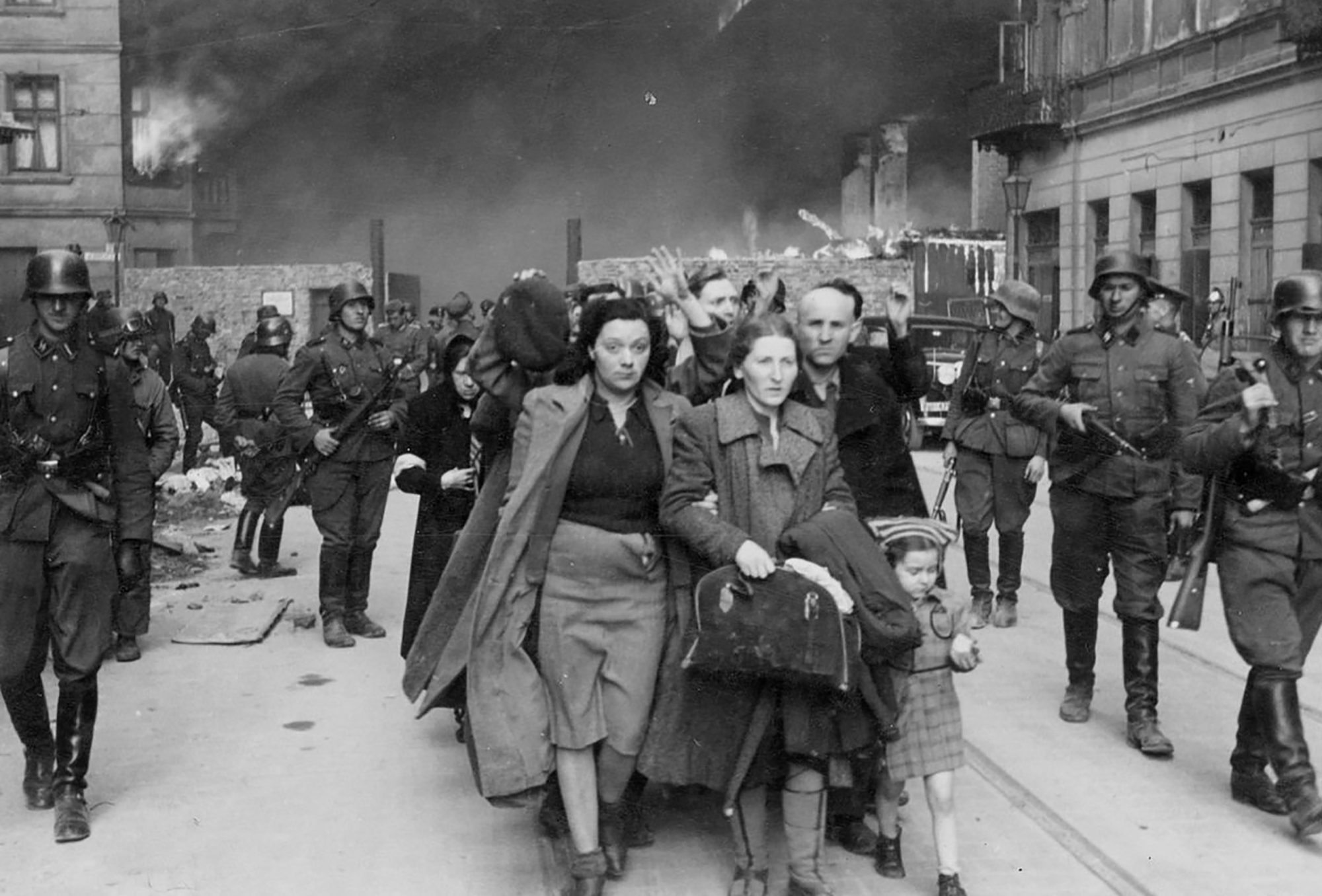
Warsaw, 19 April 1943. The Ghetto Jews, having been organizing armed resistance in recent months, rose up and finally the Nazis managed to retreat. The next day the Germans reacted hard and just a month later the ghetto was declared totally destroyed when the Grand Synagogue on Tłomackie Street was burned.
Two and a half years earlier, with the ghetto, 360,000 Jews were introduced into it, ending with only 10,000-15,000 survivors. Those who didn't take Treblinka died in the same ghetto. But the memory of what happened there survived thanks to a very special initiative.
The Jewish historian Emanuel Ringelblum brought together scientists, writers, cartoonists, rabbis... and created a group called Oyneg Shabat (the joy of the day of rest) that picks up the story of the daily life of the ghetto and picks it up in a book at the end of the war. The members of the group came together to chronicle what was going on in reports, trials or drawings.
Aware of the low probability of surviving the ghetto and therefore writing the book, all the documentation collected in cans
Thanks to Yacob Grojanowski they were also able to collect what was happening in the concentration camps, which, despite being deported to the Chelmno camp, managed to escape and wrote the barbarities there observed and experienced. Oyneg Sabath produced a detailed report which, through the Polish resistance, managed to send it to London for publication.
But as deportations, disease and hunger increased, the group members' hope was diminishing. Aware of the limited possibility of surviving the ghetto and, therefore, writing the book, they concealed all the documentation collected in ten tin boxes and three beds in marmicity.
When the uprising erupted 80 years ago, the Germans captured and killed almost all of their members, but Ringelblum managed to escape with his family. They remained hidden for almost two years. But when the war ended, they were discovered by Gestapo members. They murdered two families, the Ringelblum and the whole protective family. But they managed to meet the target of the group: at the moment all the cans that were not a milk tupine have been found.
In 2017, Indonesia and the Netherlands signed an agreement to return the heritage stolen by the European country because of colonialism for three centuries. The Indonesian responsible for the return process, Gusti Agung Wesaka Puja, explained that this agreement "was important in... [+]
Greece 1975. The country began the year as a republic, three weeks earlier, in the referendum on 8 December 1974, after the citizens decided on the end of the monarchy.
A decade earlier, in 1964, when King Paul I died, his son Constantine took the throne at the age of 23.
But... [+]
For pedagogical or methodological reasons, historians tend to fragment and divide historical periods of the past into deadlines. There are traditional times that we all know (Prehistory, Antiquity, Middle Ages, Modern and Contemporary Ages), but also several sub-ages.
These... [+]
Copenhagen, 18 December 1974 At 12 noon a ferry arrived at the port, from where a group of about 100 Santa Claus landed. They brought a gigantic geese with them. The idea was to make a kind of “Trojan Goose” and, upon reaching the city, to pull the white beard costumes... [+]
Tennessee (United States), 1820. The slave Nathan Green is born, known as Nearest Uncle or Nearest Uncle. We do not know exactly when he was born and, in general, we have very little data about him until 1863, when he achieved emancipation. We know that in the late 1850s Dan... [+]
The Centre Tricontinental has described the historical resistance of the Congolese in the dossier The Congolese Fight for Their Own Wealth (the Congolese people struggle for their wealth) (July 2024, No. 77). During the colonialism, the panic among the peasants by the Force... [+]















